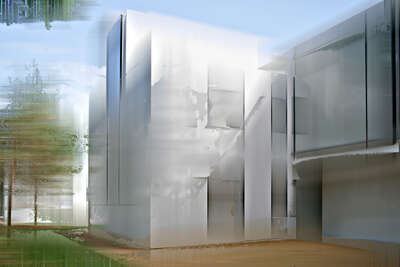
Bauhaus Art for Sale
In 2019, Bauhaus celebrated its 100-year anniversary. Its concepts and aesthetic remain as lively as ever. Discover art in the Bauhaus style at LUMAS, from photographic prints to design objects, from hand-signed Limited Editions to lower-priced Open Editions. All made to museum standards of quality. Learn more about the Bauhaus.


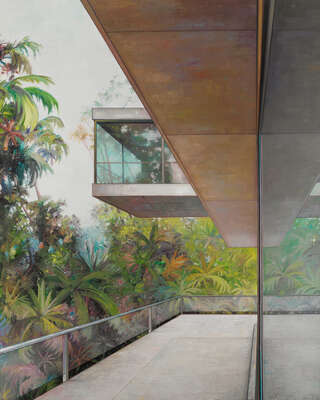

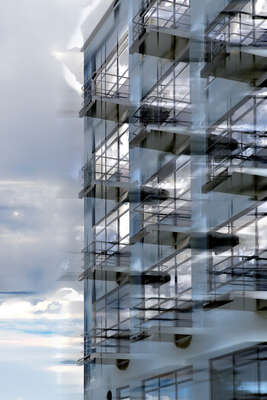

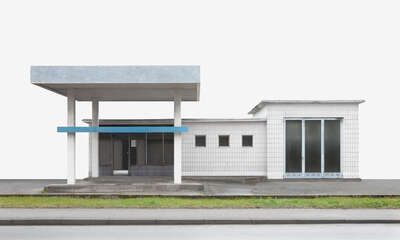

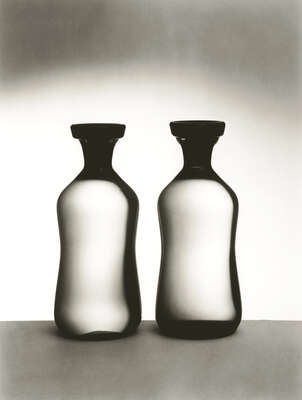

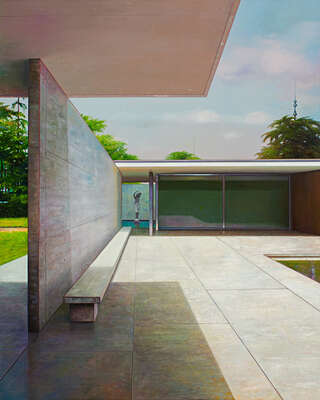

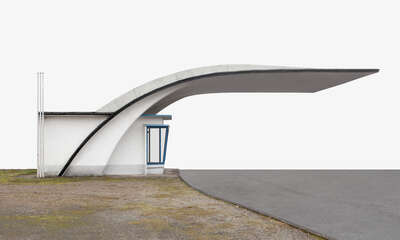


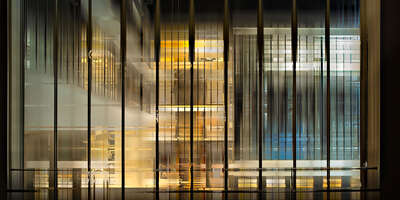
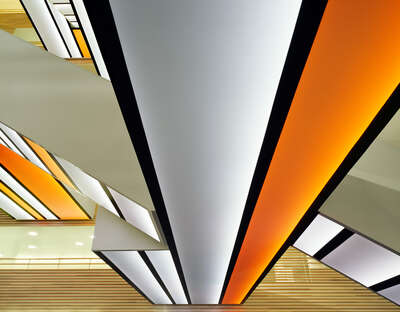

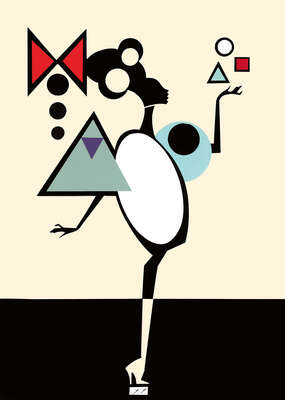

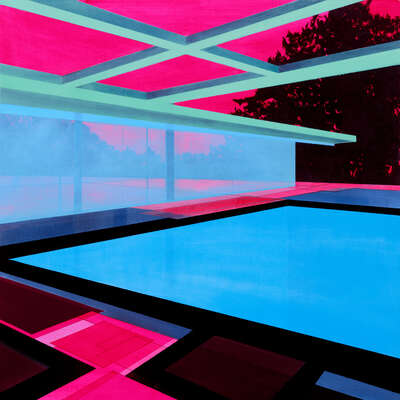


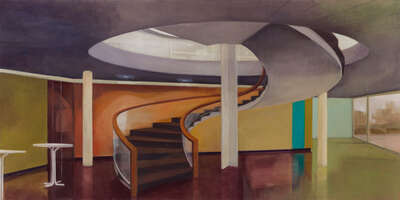
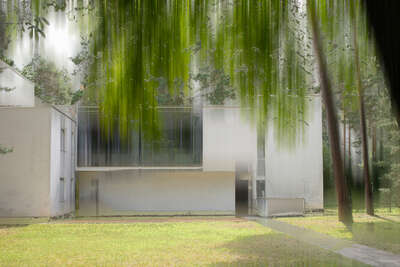



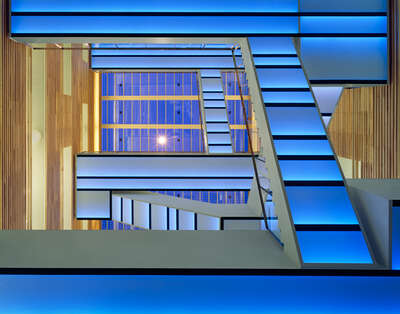



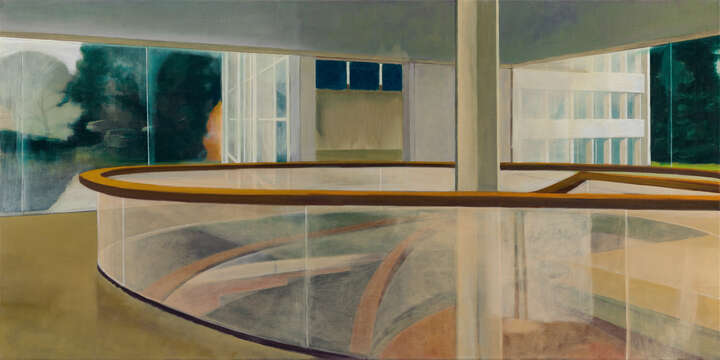
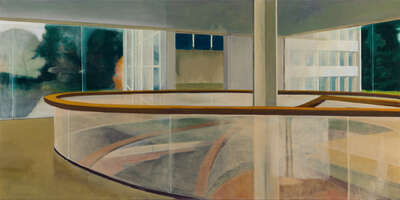
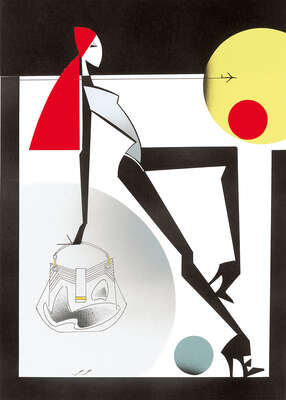

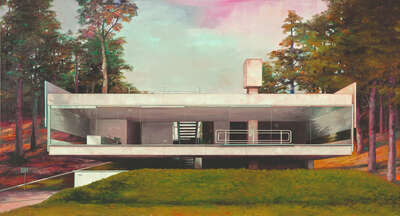

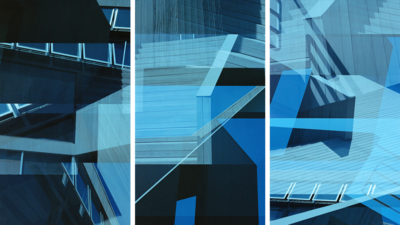

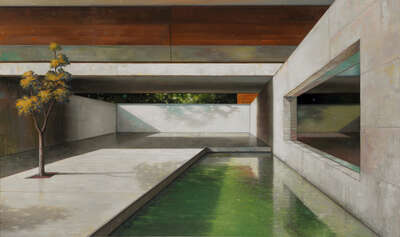

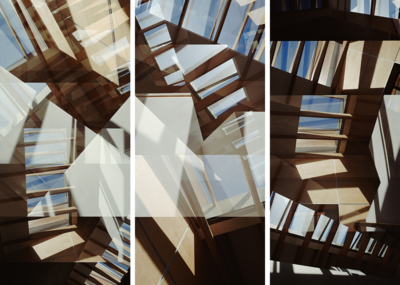

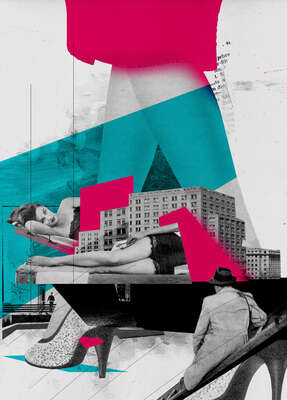

Curator Antonio de Campos Talks Bauhaus
In this video, LUMAS curator and Bauhaus aficionado Antonio de Campos introduces some of his favorite Bauhaus-inspired pieces from the portfolio.
Bauhaus Art at LUMAS
The simple and precise lines characteristic of the Bauhaus aesthetic have had an unmatched influence, and can be found throughout the world. At LUMAS, you will find Bauhaus artworks and art in the Bauhaus style. See the flickering, geometric surfaces in Sabine Wild’s reinterpretation of the Master House in Dessau. Or enter Jens Hausmann’s Brazilian jungle, where clean architectural lines graze dense foliage. In Horst & Daniel Zielske’s photographs of the Bauhaus in Dessau, the aesthetic is on display in all its photogenic purity. Bauhaus lives.
About the Bauhaus
Around a hundred years ago, in times of rapidly increasing mass-production, architect Walter Gropius founded an art institution with the stated intention of creating “… a new guild of craftsmen, without the class distinctions which raise an arrogant barrier between craftsman and artist." This was given the humble name of Bauhaus, German for “building house.”
In line with its mission, the school’s focus was divided evenly between fine arts and applied arts. While these disciplines had previously been separated, they were brought together to create a new, overarching philosophy which – as a formal language – would work in harmony with industrial production processes. Adhering to Louis Sullivan’s famous maxim “Form follows function,” Bauhaus came to be associated with a stark aesthetic of clean lines, common to and influencing the development of the geometric style art.
United trends in abstract, ergonomic, and industrial design, the school’s staff of craftsmen, architects, sculptors, and painters – including scions of abstract art like Paul Klee and Wassily Kandinsky – revolutionized the way art was taught. Other contributors like Herbert Bayer, Marcel Breuer, Johannes Itten, and Ludwig Mies van der Rohe made pathbreaking contributions in art and design, including in design theory, painting, illustration, and sculpture.
While the movement is most well-known for distinctive Bauhaus architecture, graphic design, and, and other types of industrial and artistic design products, the specific place of photography in the Bauhaus is often underappreciated. Bauhaus contributions to photography are largely associated with the name László Moholy-Nagy. Moholy-Nagy's experimentation brought photography to the formal coursework of the Bauhaus academy. Inspired by techniques of perspectival displacement and manipulation of lighting effects practiced by protagonists of abstract photography, he perceived in photography a tool to definitively undermine traditional representation and the monumentalizing tendencies of artwork with architecture as their object. In this key, he is famous for inventing the photogram, a mixed artistic technique which foregoes the use of the camera, and combines collage, photo-montage, and painting. His creations, often featuring athletic figures and scenes, have inspired generations of graphic and illustrated artists. As photorealism made its way into painting, so did avant garde photo collage methods like those developed by Moholy-Nagy inspire illustrators like Marek Haiduk in their turn.
The school and its philosophies had an enormous and lasting impact on many movements in modern art and architecture. Industrial art as a distinct style is to a great degree the legacy of Bauhaus. In the hands of Josef Albers, who like Moholy-Nagy and other Bauhaus visionaries relocated to America, the legendary Black Mountain College became a hotbed of new visions for mid-century art and design.
The Bauhaus is now viewed as one of the most important art education institutions of the 20th century, and has come to be a symbol of modernism in the fields of architecture and design. The Bauhaus moved from Weimar to Dessau in 1925 and relocated to Berlin in 1932. There it remained until dissolving under pressure from the Nazi regime in 1933.
Experience art from the LUMAS collection that carries on the style and vision of Bauhaus, and features legendary products of Bauhaus design.


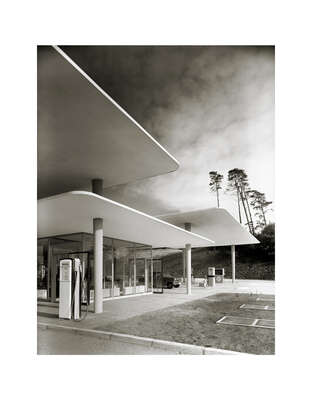
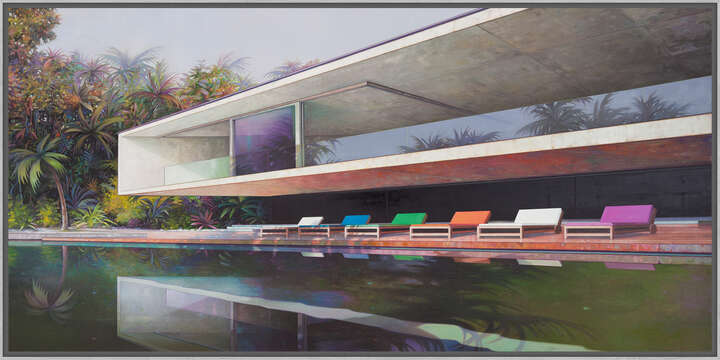

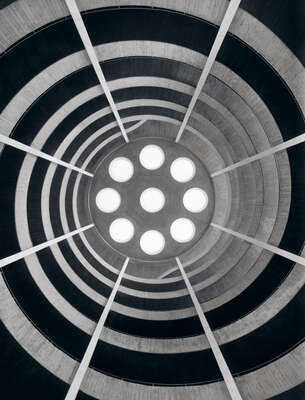
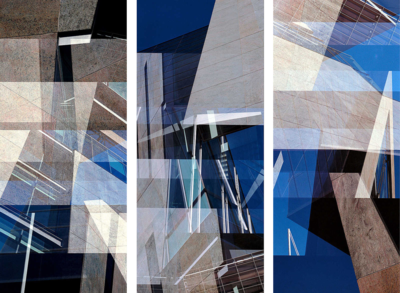
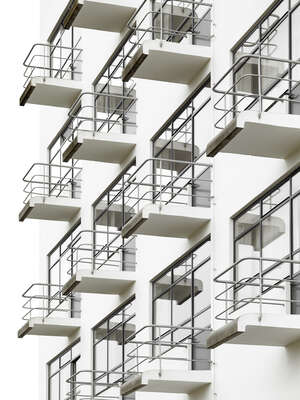
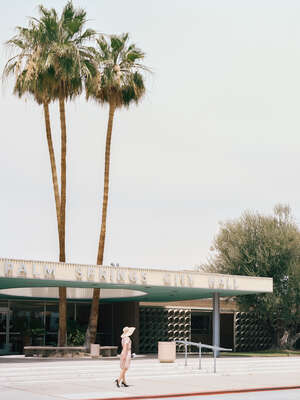
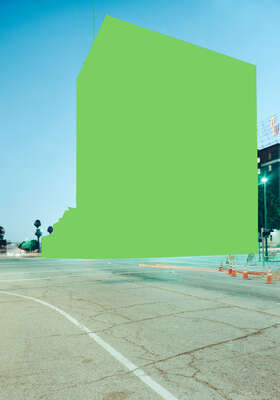
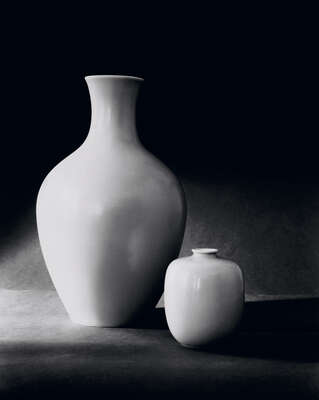

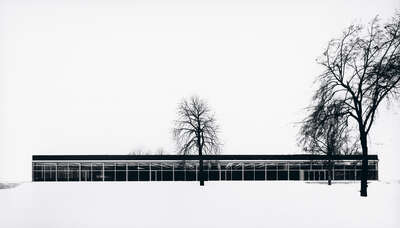
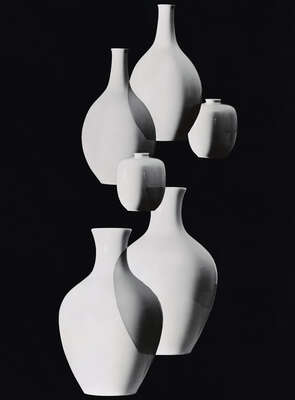

 No thanks, I would like to stay on this site.
No thanks, I would like to stay on this site. Yes, I would like to switch.
Yes, I would like to switch.